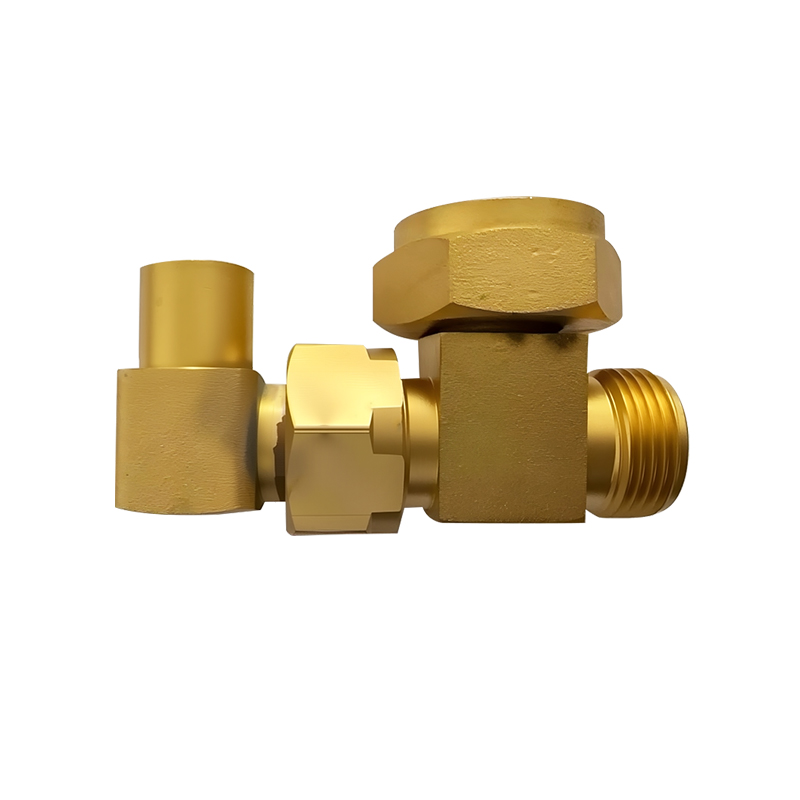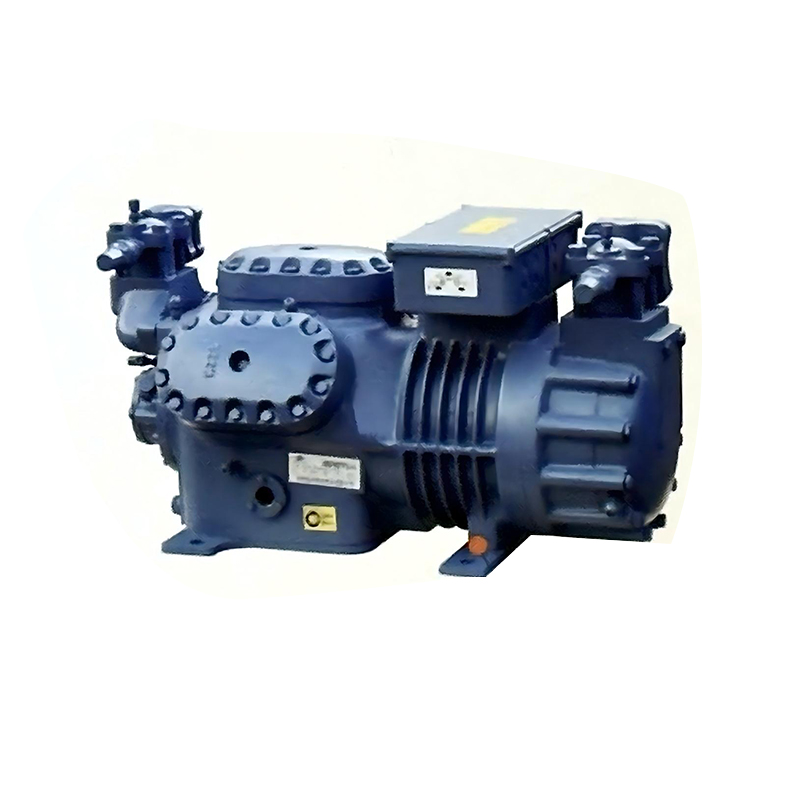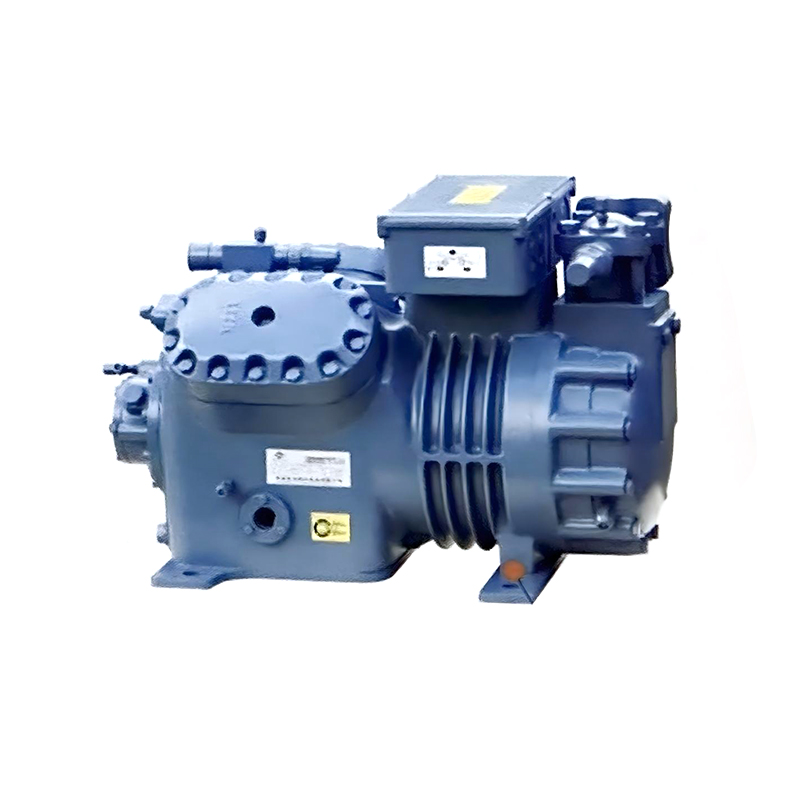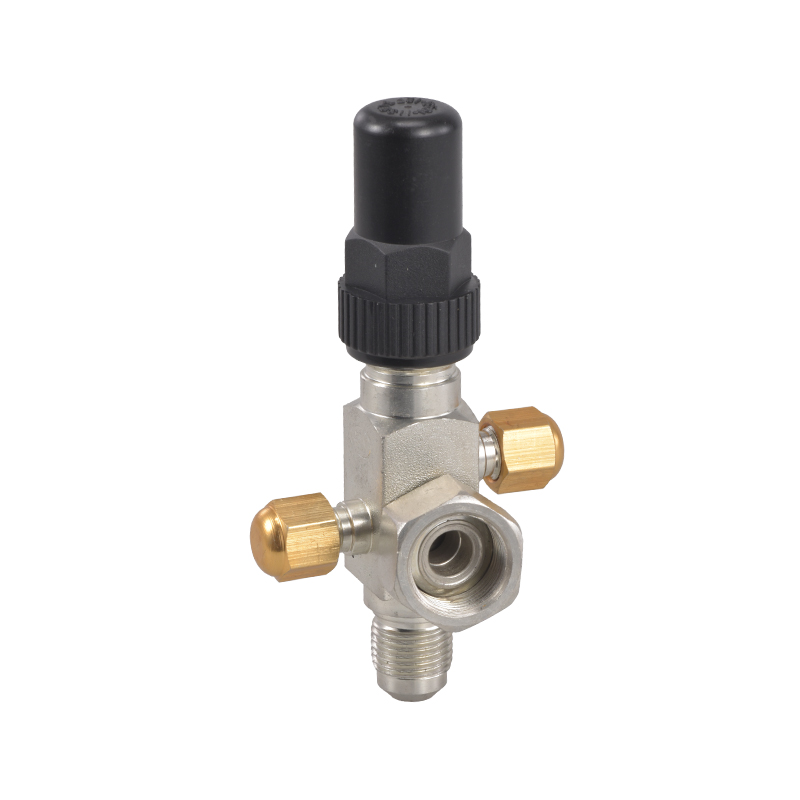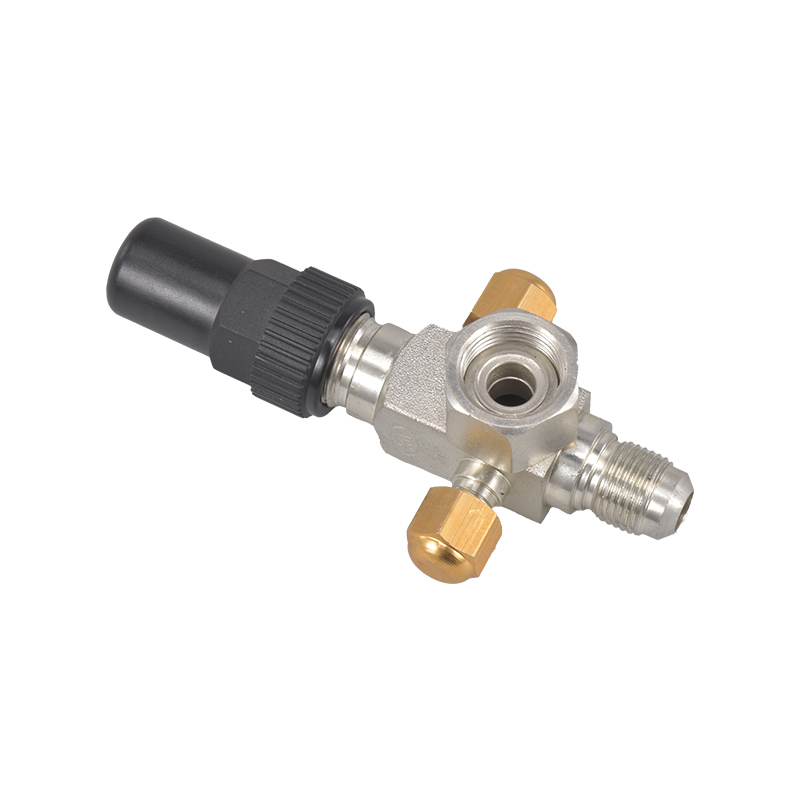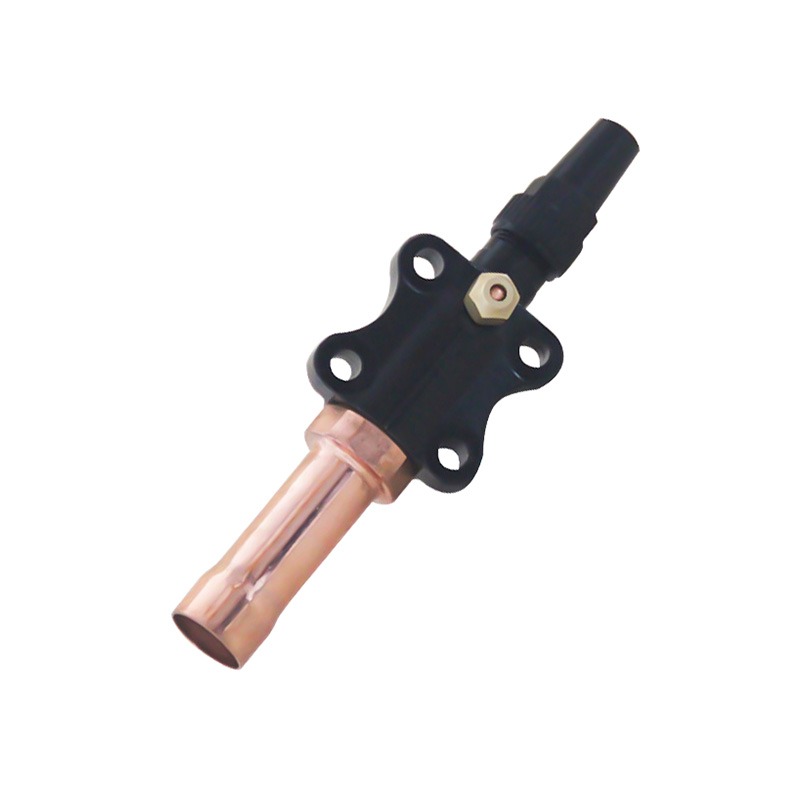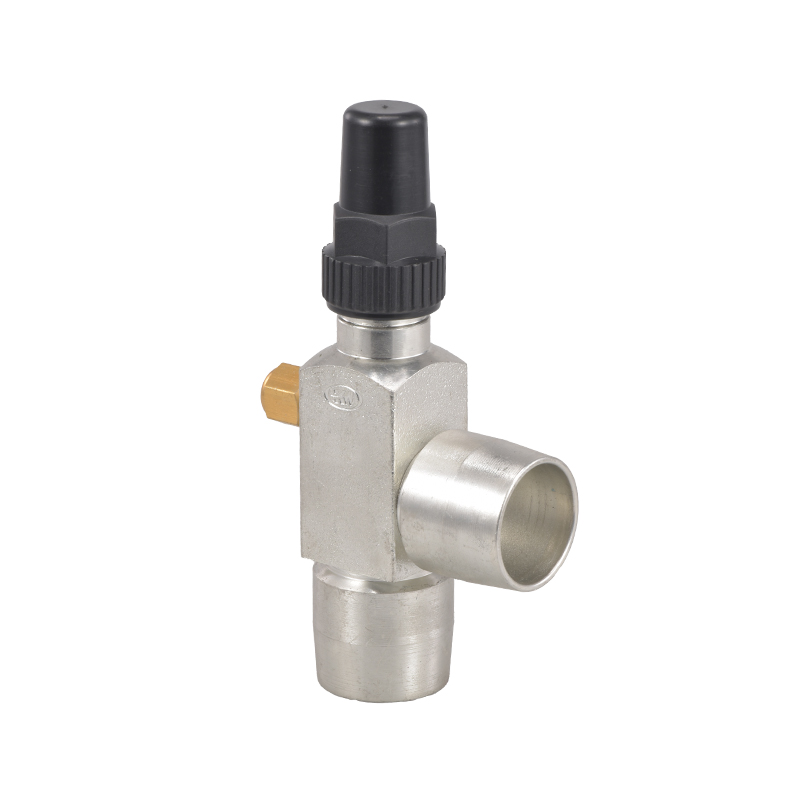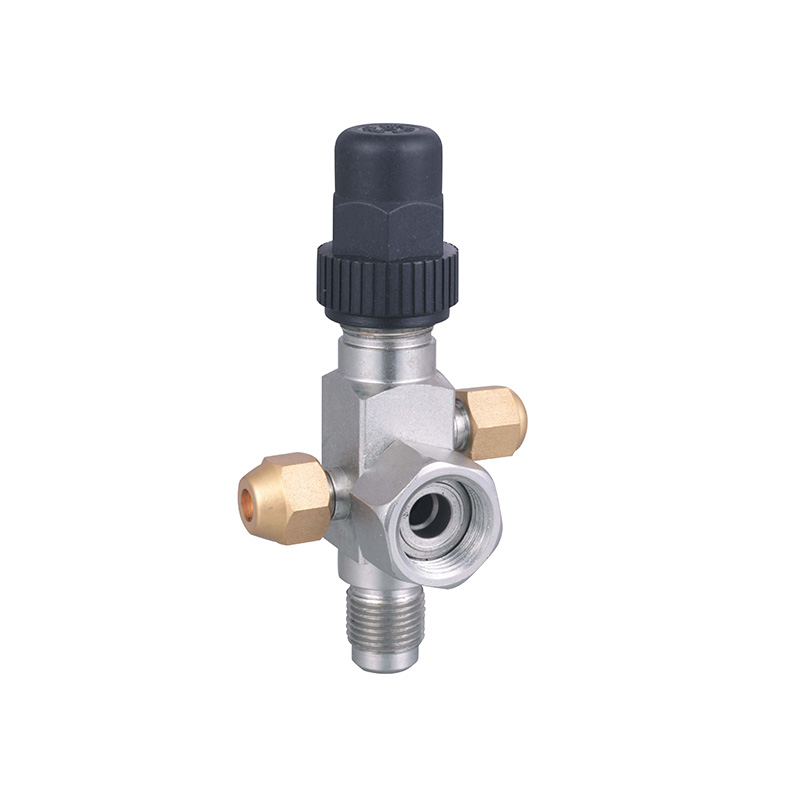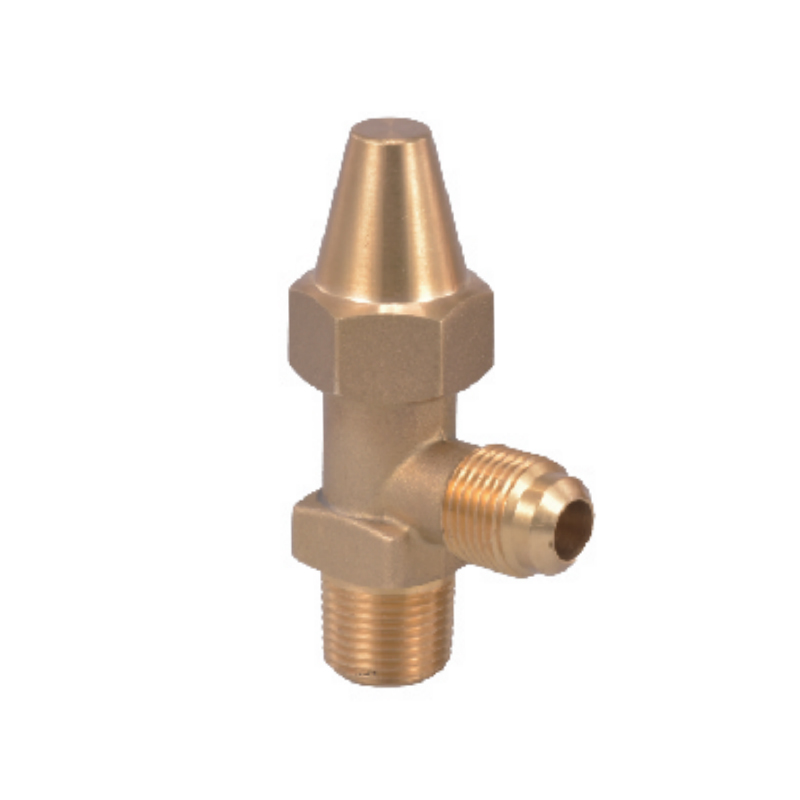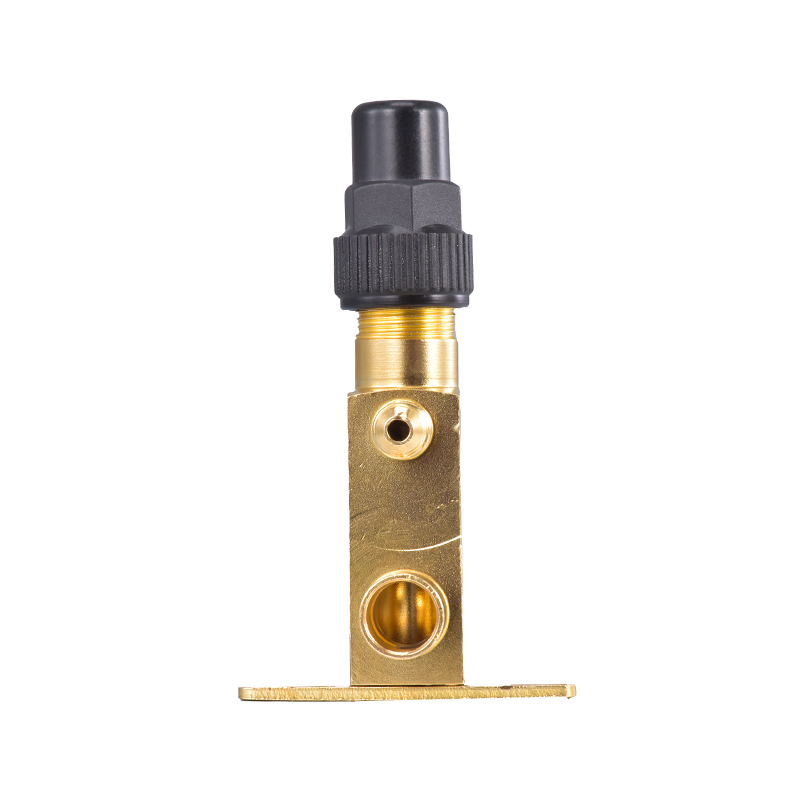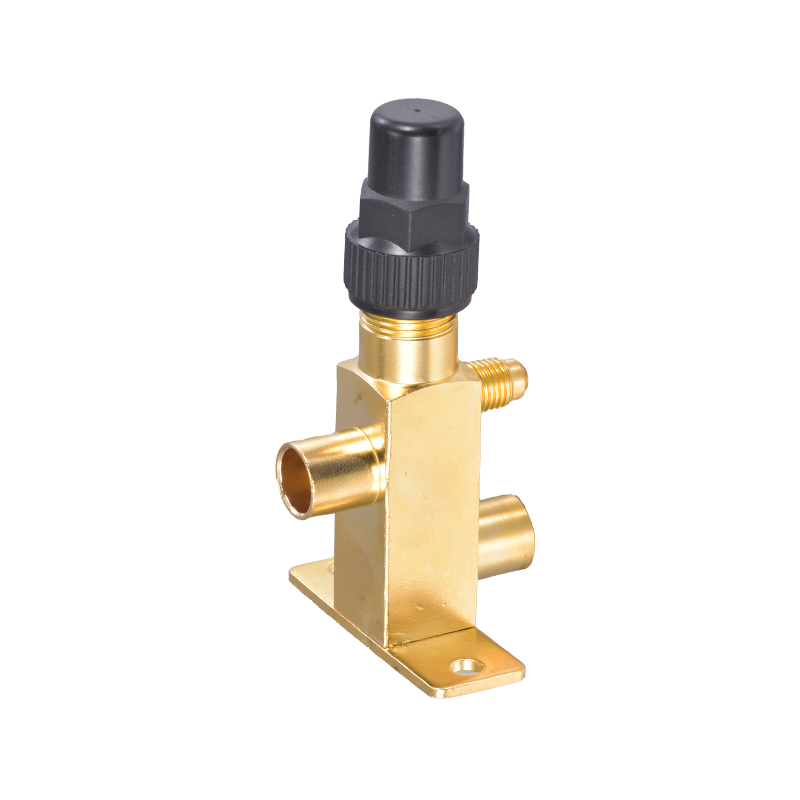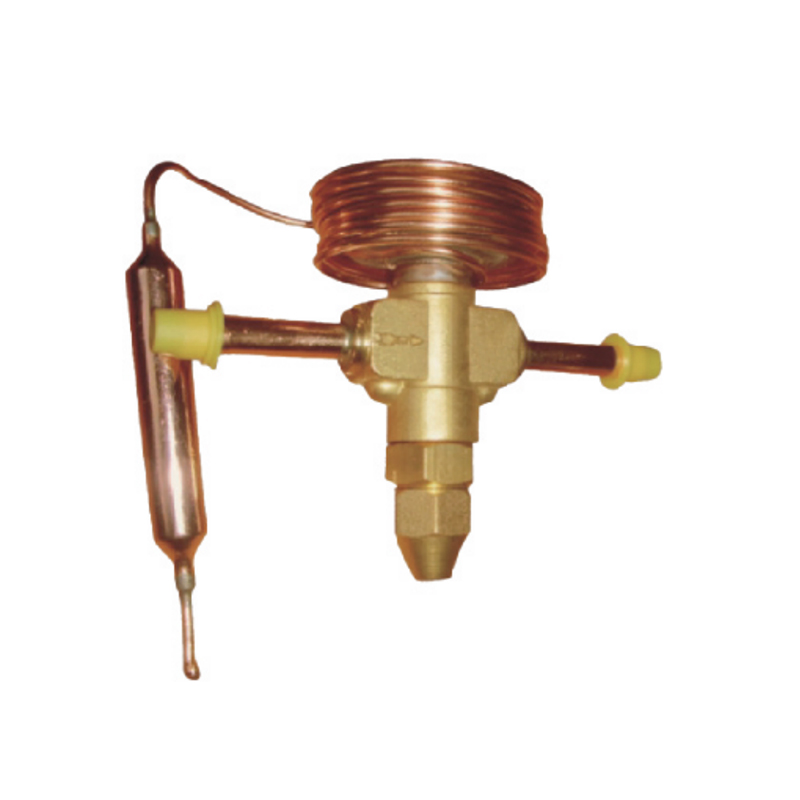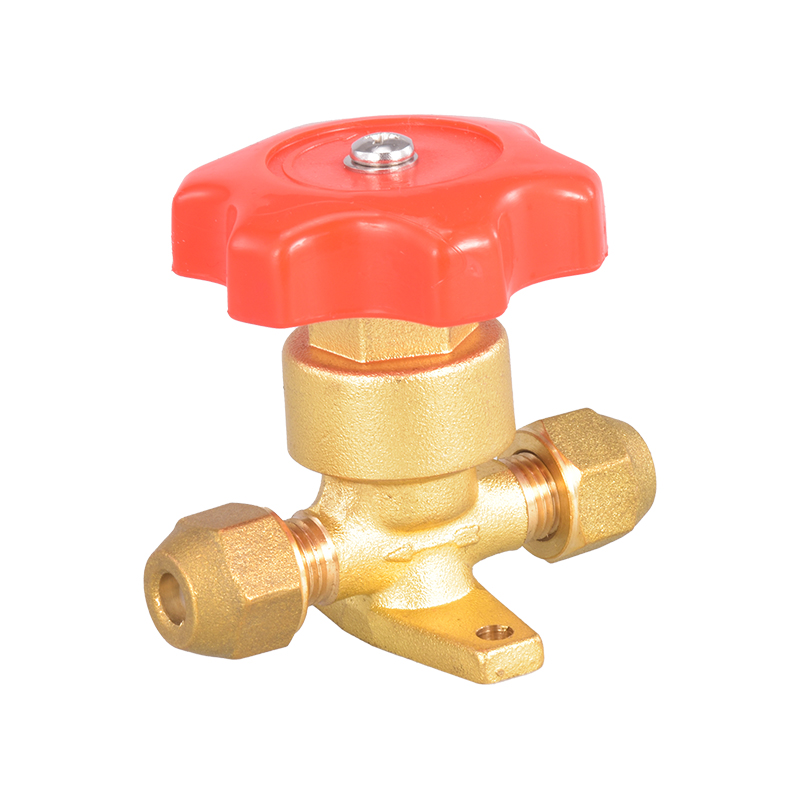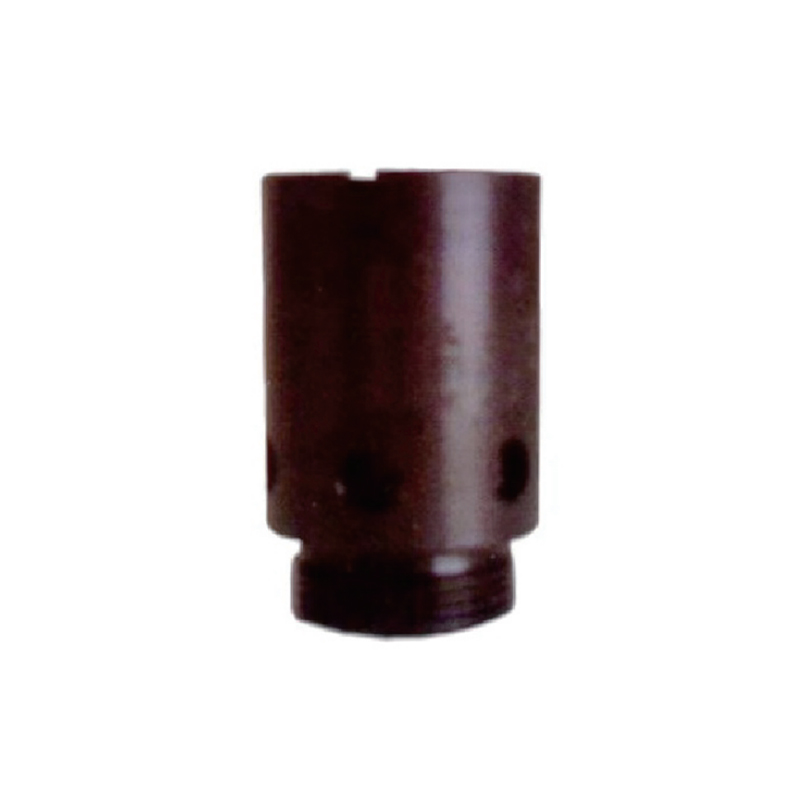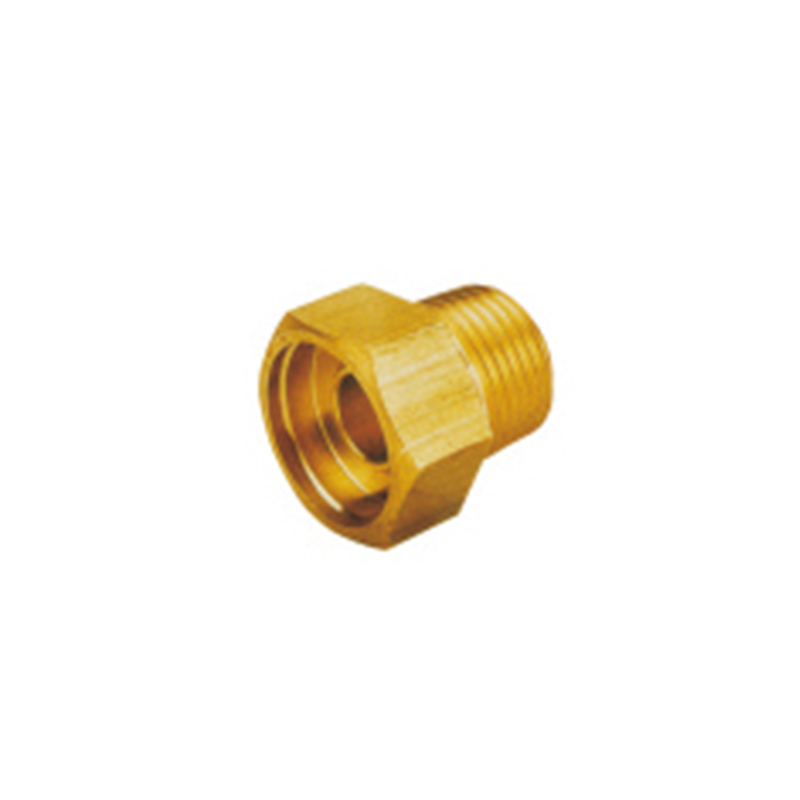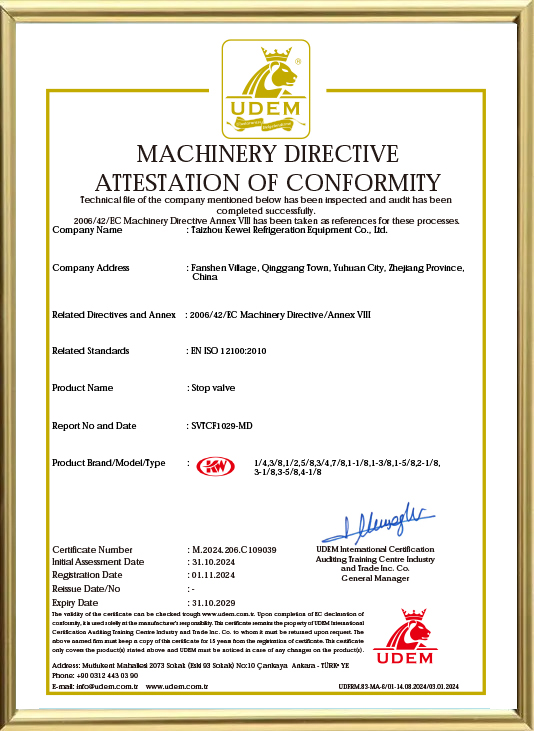In the complex world of refrigeration systems, valves play a pivotal role in controlling the flow of refrigerants, ensuring safety, and maintaining system efficiency. Among these, the Conventional General Refrigeration Threaded Valve stands out for its versatility and reliability. This valve is designed to meet the demands of various refrigeration applications, from residential air conditioning units to large-scale industrial cooling systems.
1. Design and Construction
The Conventional General Refrigeration Threaded Valve is constructed with precision and durability in mind. It features a threaded connection, which allows for easy installation and removal without the need for special tools or equipment. The valve body is made from high-quality materials such as brass or stainless steel, which resist corrosion and withstand the pressures and temperatures common in refrigeration systems.
2. Threaded Connection
One of the many significant advantages of this valve is its threaded connection. This design feature simplifies the process of connecting and disconnecting the valve from the refrigeration system. Threaded connections are secure and reliable, reducing the risk of leaks and ensuring a tight seal. They also allow for easy maintenance and replacement of the valve when necessary.
3. Flow Control
The Conventional General Refrigeration Threaded Valve is designed to provide precise control over the flow of refrigerants. This is crucial for maintaining the correct pressure and temperature within the system. The valve can be adjusted to allow more or less refrigerant to flow through, depending on the needs of the system. This adjustability is essential for optimizing energy efficiency and ensuring that the system operates at peak performance.
4. Pressure Relief
In addition to controlling the flow of refrigerants, the Conventional General Refrigeration Threaded Valve also serves as a pressure relief mechanism. It can be set to open at a specific pressure, allowing excess pressure to be released and preventing damage to the system components. This feature is particularly important in systems where pressure can build up rapidly, such as in industrial refrigeration applications.
5. Compatibility
One of the key benefits of the Conventional General Refrigeration Threaded Valve is its compatibility with a wide range of refrigeration systems. Whether the system uses R-22, R-410A, or other refrigerants, this valve can be adapted to fit. Its universal design makes it a popular choice for technicians and engineers who work with various types of refrigeration equipment.
6. Ease of Maintenance
Maintenance is a critical aspect of any refrigeration system, and the Conventional General Refrigeration Threaded Valve is designed with this in mind. Its threaded design allows for easy removal and replacement, which can be particularly useful when cleaning or repairing the system. Additionally, the valve's construction materials are chosen for their resistance to wear and tear, reducing the need for frequent maintenance.
7. Safety Features
Safety is important in refrigeration systems, and the Conventional General Refrigeration Threaded Valve incorporates several features to ensure the safety of both the system and its operators. The valve is designed to prevent leaks, which can be hazardous due to the nature of refrigerants. It also includes features that prevent over-pressurization, which can lead to system failure or even explosions.
In conclusion, the Conventional General Refrigeration Threaded Valve is a critical component in the efficient and safe operation of refrigeration systems. Its design, construction, and features make it a reliable and versatile choice for a wide range of applications. By ensuring precise control over refrigerant flow, providing pressure relief, and offering ease of maintenance, this valve plays a vital role in the performance and longevity of refrigeration systems.




 English
English русский
русский Deutsch
Deutsch
